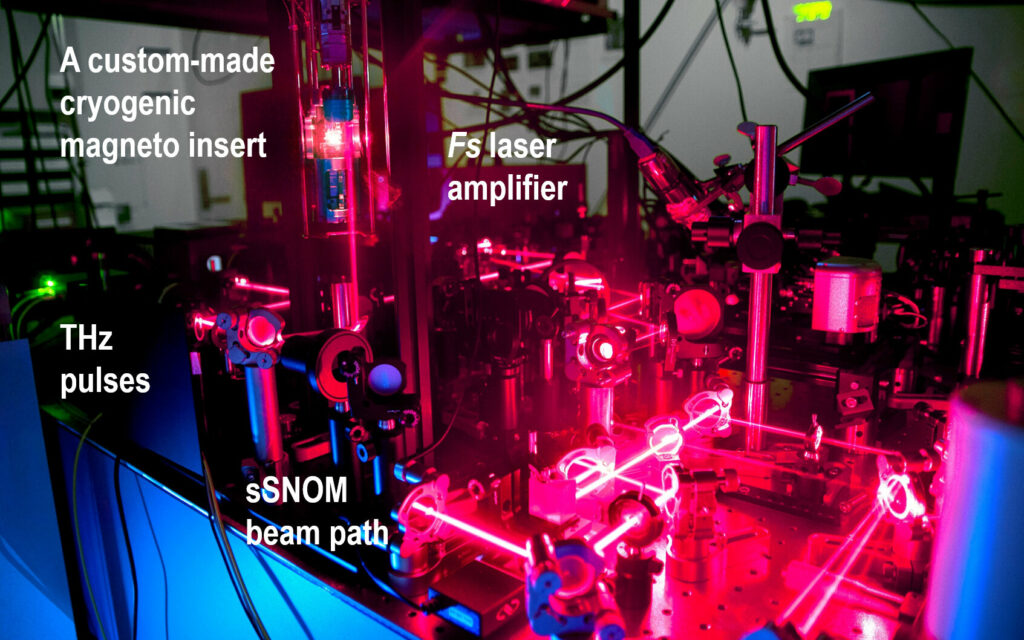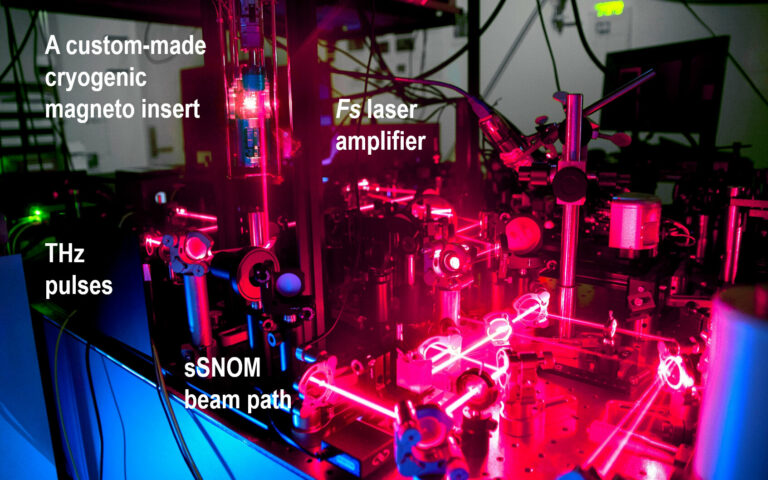Capabilities of Ultralow Temperature Terahertz Microscope Could Enhance Quantum Technology
A team of scientists from the Department of Energy’s Ames National Laboratory has developed a method for collecting terahertz imaging data on materials under extreme magnetic and cryogenic conditions using a recently developed scanning probe microscope.
The ultralow-temperature terahertz microscope was employed to measure superconductors and topological semimetals exposed to high magnetic fields and temperatures below liquid helium (below 4.2 Kelvins or -452 degrees Fahrenheit). Jigang Wang, a scientist at Ames Lab and the team leader, mentioned ongoing improvements to the terahertz microscope since its completion in 2019, enhancing resolution in terms of space, time, and energy, as well as operational capabilities at very low temperatures and high magnetic fields.

The team developed a custom microscopy insert for a cryostat to enable the terahertz microscope’s operation in extreme cryogenic and magnetic environments. This advancement facilitated the examination of superconductors and topological semimetals, which operate at low temperatures and are crucial for advancing quantum computing technology.
Wang suggested that the microscope could contribute to the development of new, improved materials for highly coherent quantum devices and provide a better understanding of superconducting and topological materials.
The details of this research are further discussed in the paper titled “A sub-2 Kelvin Cryogenic Magneto-Terahertz Scattering-type Scanning Near-Field Optical Microscope (cm-THz-sSNOM),” published in the Review of Scientific Instruments.
This article is republished from PhysORG under a Creative Commons license. Read the original article.
Do not forget to share your opinion with us to provide you with the best posts !




0 Comments